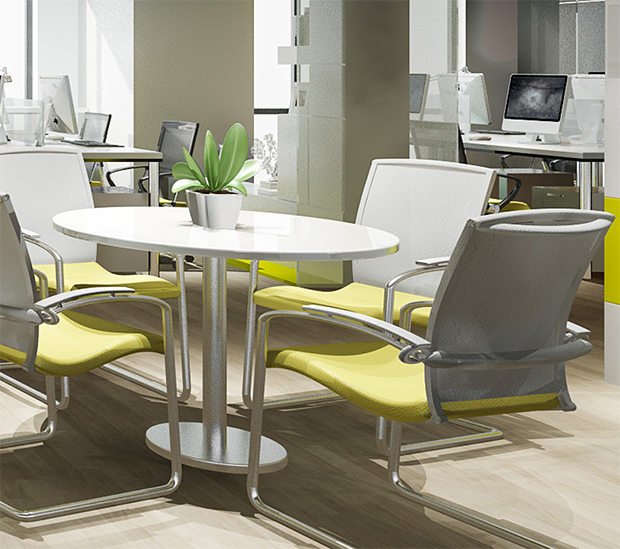In the midst of burgeoning skyscrapers shaping our urban landscape, the design of office spaces has evolved to meet the demands of contemporary work culture. Here are crucial factors to bear in mind for crafting offices that cater to both current needs and future trends:
Providing retreat: Offices house many different types of people. Therefore, office spaces should provide different types of working areas for their staff. These can range from enclosed small focus rooms to more informal hospitality like areas.
Elevate the experience: Acknowledging that employees spend a significant amount of time in the office, prioritize features that elevate their experience. Office spaces should include high-level features such as access to natural light, food and drink amenities and technology, down to smaller details like customizable controls for lighting and temperature, plants and quality materials.
Remote integration: With collaboration extending beyond physical boundaries, incorporate designs that facilitate seamless interaction with remote teams, ensuring inclusivity and productivity.
Adaptability and functionality: Businesses are faced with constant change and uncertainty, particularly in recent years. We are seeing organizations quickly having to evolve their work models and policies to adapt to the shifting working landscape. Therefore, prioritizing functionality and flexibility in office design allows for adaptability, efficient space utilization, employee well-being, improved collaboration, and future-proofing, all of which are essential for the long-term success of the workspace.
Transportation: Beyond human-centric spaces, consider logistical aspects such as parking and utility provisions are vital for the success of your office operations. Understanding the transportation needs of your employees can help eliminate frustration and allow for happier and more suitable office environment.
By Nujuma Ibrahim

